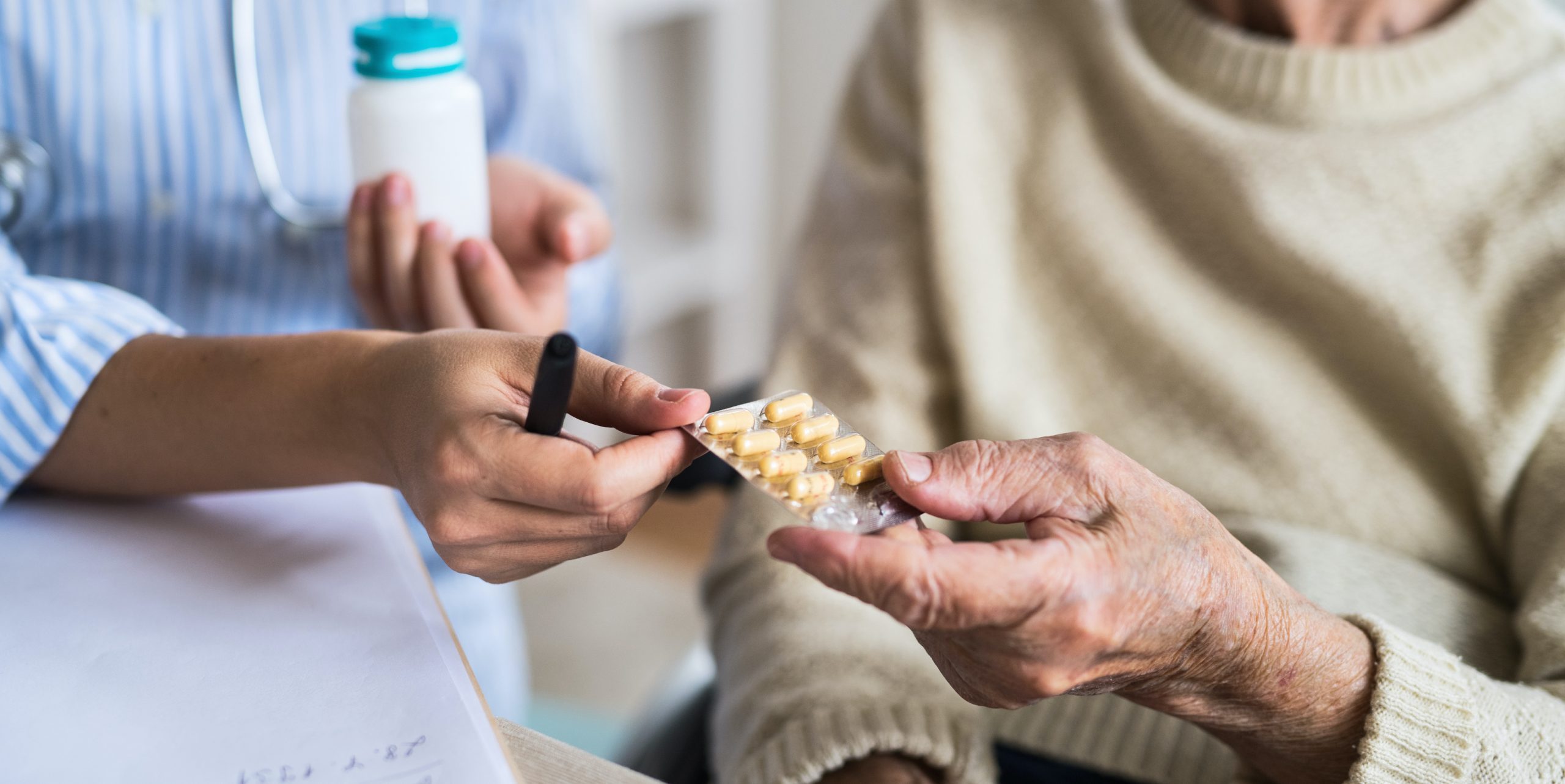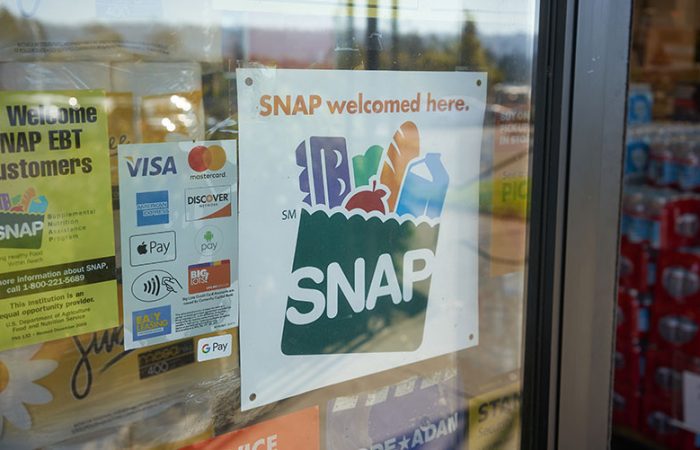Since 2001, prices on prescription drugs have grown at an average annual rate of about 6 percent as measured by the producer price index for pharmaceuticals — a much higher rate than general inflation. Higher prices allow drug companies to make bigger rebate payments, which go to insurance companies, pharmacy benefit managers, and employers, rather than to patients.
Prescription Assistance Programs (PAPs) were established to help those with rising prescription costs afford the medications they require, despite the annual increase year after year.
These programs are typically offered by pharmaceutical companies to provide free or low cost prescription drugs to qualifying individuals. By providing financial assistance for hundreds of medications, PAPs provide a valuable resource to patients, helping them comply with recommended drug regimens and, in turn, obtain better health outcomes.
What Do I Need To Qualify for PAPs?
- Limited or no prescription drug coverage from public or private sources
- Proven financial need (in most cases, a person’s income needs to fall below 200% of the Federal Poverty Level)
- Proof of U.S. citizenship or residence
Enrollment Process
The enrollment process for PAPs is relatively straightforward. An application is to be completed by the beneficiary as well as by their healthcare provider. A doctor’s signature is required.
The Medicine Assistance Tool (MAT) available at https://medicineassistancetool.org/ allows you to search coverage options through PAPs and also matches patients with resources and other cost-sharing programs that help lower out-of-pocket costs.



